Introduction
Fascination with Banana Plants
Banana plants have long captured the imagination of plant enthusiasts and gardeners alike. Their towering stalks, lush green leaves, and the promise of sweet, nutritious fruit make them a tropical marvel right at home in your backyard or as a striking indoor plant. Did you know that bananas, despite their tree-like appearance, are actually massive herbaceous plants? This intriguing fact adds to their exotic appeal and highlights their versatility in both ornamental and practical applications. Whether you're a seasoned gardener or a curious beginner, banana plants offer a fascinating journey into the world of tropical gardening.
Importance of Proper Banana Plant Care
Caring for banana plants is more than just watering and ensuring they get enough sunlight. Proper care leads to robust growth, increased yield, and a striking visual element in your garden space. Healthy banana plants not only enhance your garden's aesthetics but also contribute to a sustainable lifestyle by allowing you to harvest your own fresh bananas. In this comprehensive guide, we'll explore everything you need to know about banana plant care, from understanding their basic needs to addressing common challenges, so you can enjoy the tropical wonders that these plants bring.

Understanding Banana Plants
Basic Botanical Information
Scientifically, banana plants belong to the Musa genus, which includes various species commonly grown for their fruit, ornamental value, and even for fiber production in some cultures. These herbaceous plants are native to the tropical regions of Southeast Asia and are now cultivated in tropical and subtropical areas around the world.
Varieties and Species Commonly Grown
While there are numerous banana species, the most commonly cultivated for fruit in many gardens include the Musa acuminata and Musa balbisiana, often hybridized into the popular Musa x paradisiaca. Ornamental varieties, such as the Musa ornata, are favored for their vibrant flowers and smaller stature, making them suitable for indoor cultivation. Understanding which species or hybrid will thrive in your specific environment is crucial for successful cultivation.
Optimal Environmental Conditions
Climate Requirements
Temperature
Banana plants thrive in warm, tropical climates. They require a minimum temperature of 60°F (15°C) to grow effectively. Temperatures in the range of 78°F to 82°F (26°C to 28°C) are ideal for growth and fruiting. If you live in a cooler climate, consider growing your banana plant in a greenhouse or as an indoor plant during colder months.

Humidity
High humidity is essential for banana plants as it helps maintain the moisture they require for optimal growth. Aim for at least 50% humidity or higher if possible. Indoors, you might need to use a humidifier or regularly mist the leaves to maintain the appropriate humidity levels.
Light Requirements
Banana plants require a lot of sunlight—at least six to eight hours of direct sunlight each day. For indoor cultivation, a south-facing window can provide ample light, but supplementary grow lights might be necessary during the winter months to meet their light requirements.
Soil Conditions
Banana plants prefer well-draining, rich soil with a neutral to slightly acidic pH of around 5.5 to 7.0. High organic matter content enhances soil fertility, providing the plants with the nutrients they need. Consider using a rich loam soil, possibly supplementing with compost or well-rotted manure for nutrient enrichment.
Planting and Propagation
Choosing the Right Location
When planting banana plants outdoors, select a location that offers protection from strong winds, as their large leaves are susceptible to damage. Ensure the site provides ample sunlight and consider planting on a slight elevation to prevent waterlogging during heavy rain.

Planting Process
To plant your banana plant, dig a hole that is twice as wide and as deep as the root ball. Position the plant upright and backfill with the excavated soil, firmly packing it around the base to remove air pockets. Water thoroughly after planting to settle the soil around the roots.
Spacing Considerations
When planting multiple banana plants, maintain a spacing of at least 8 to 15 feet apart to allow for proper air circulation and sunlight exposure. This spacing will prevent overcrowding and encourage healthy growth and fruit production.
Propagation Methods
Banana plants are typically propagated through suckers (also known as pups), which are small offshoots that grow from the base of the mother plant. To propagate, select a healthy sucker with a few leaves and remove it with a sharp knife, ensuring some of the roots are intact. Plant the sucker in a prepared bed, water it, and provide shade until it establishes itself.
Watering and Fertilization
Watering Guidelines
Banana plants have high water needs, especially during the growing season. Water them deeply once or twice a week, ensuring the soil remains consistently moist but not waterlogged. Mulching around the base of the plant helps retain soil moisture and moderate soil temperature.

Tips for Effective Watering
To avoid fungal issues, water the plants at the base rather than overhead. Ensure proper drainage to prevent root rot, especially in areas with heavy rainfall.
Fertilization Requirements
Banana plants are heavy feeders and benefit from regular fertilization. Use a balanced fertilizer, high in potassium, which is crucial for flower and fruit development. A 8-10-10 or similar formulation works well.
Fertilization Schedule
Apply fertilizer every month during the growing season. Reduce fertilization in the cooler months when growth slows down. Organic options like compost or aged manure can also provide slower-releasing nutrients.
General Maintenance and Care
Pest and Disease Management
Common Pests
Banana plants can be affected by pests like aphids, weevils, and spider mites. Regular inspection of the leaves and stems can help identify pest infestations early. Consider using organic pest control methods, such as neem oil, to manage infestations naturally.
Disease Prevention
Fungal diseases, such as Panama disease and black Sigatoka, can affect banana plants. Ensure good air circulation and practice crop rotation to reduce the risk of disease. Removing and destroying affected plant parts can help contain infections.

Pruning and Maintenance Tips
Regular pruning helps improve air circulation and reduces disease risk. Remove any dead or damaged leaves regularly and cut back flowering stems after fruit harvest to encourage new growth.
Seasonal Care Adjustments
Monitor temperature changes and adjust care practices accordingly. Protect banana plants from frost in cooler climates by using frost cloths or moving potted plants indoors.
Harvesting and Use
When and How to Harvest
Harvest bananas when they are still green but full in shape. Cut the entire bunch from the plant and store it in a cool, dry place to ripen. You can also harvest individual bananas as needed if growing indoors.
Uses of Bananas Beyond Eating
While bananas are primarily grown for their delicious fruit, their large leaves can be used for culinary purposes, such as wrapping food for steaming. Additionally, banana fiber is used in crafting and textiles.
Creating an Indoor Banana Oasis
Benefits of Indoor Banana Plants
Bringing banana plants indoors can transform a space into a lush, tropical retreat. They improve indoor air quality by releasing oxygen and removing toxins from the air.

Indoor Care Tips
Pots and Containers
Select a large container with drainage holes to accommodate the banana plant's root system. Use well-draining soil and consider adding gravel or stones at the bottom for additional drainage.
Lighting for Indoor Bananas
Ensure your indoor banana plant gets sufficient light by placing it near a sunny window or using grow lights to supplement natural light, especially during shorter days.
Conclusion
Embarking on the journey of growing banana plants, whether indoors or outdoors, provides a rewarding horticultural experience. With proper care and attention, these tropical beauties can thrive, offering not only aesthetic value to your space but also the delight of homegrown bananas. Explore the possibilities of integrating banana plants into your garden or home with the diverse selection available at Plantology. Additionally, consider complementing your tropical garden with our range of tropical plants like the Adonidia Palm or Agave Blue for a truly lush paradise.
Happy planting, and may your garden flourish with the wonders of banana plants!
Diving Deeper Into Banana Cultivation
The History and Cultural Significance of Bananas
Bananas have a rich history that spans centuries and continents. Native to Southeast Asia, bananas were initially cultivated in Papua New Guinea and spread across the tropical regions, ultimately reaching Africa, the Americas, and beyond. As a staple food in many cultures, bananas have played a crucial role not only in diets but in economies and cultures. The banana fruit has found its way into various religious and cultural rituals, representing fertility, prosperity, and abundance. In India, the banana tree is often associated with Vishnu, symbolizing strength and honor.

Unexplored Varieties and Their Unique Features
The world of banana plants is vast and varied. Among the lesser-known varieties are the Fe'i bananas, native to Polynesia, known for their vibrant orange flesh and distinctive ribbed fruit. Another unique species, the Musa velutina or Pink Banana, features eye-catching pink fuzzy fruits that split open when ripe, revealing small, sweet seeds. These ornamental varieties offer an opportunity for collectors and gardening enthusiasts to explore beyond the typical banana plant.
Advanced Propagation Techniques
Tissue Culture
For serious cultivators and commercial growers, tissue culture provides a reliable method for producing large numbers of banana plants. This process involves growing banana plant cells in controlled, sterile conditions, where they can regenerate into whole plants. Tissue culture ensures disease-free and genetically uniform plants, significantly reducing the transmission of pathogens often encountered in traditional propagation.
In-Depth Propagation from Corms
Another effective method for propagating banana plants is through corm division. Corms, the underground storage organ of banana plants, can be carefully divided and replanted to produce new plants. This method requires more skill and understanding of the plant's growth patterns but offers a fruitful way to multiply your banana collection without relying on suckers alone.
Integrated Pest Management (IPM)
Biological Control Methods
Incorporating natural predators into your pest management plan can help curb pest populations without the need for chemicals. Introducing beneficial insects, like ladybugs or predatory mites, to your banana plant environment can effectively control aphid and mite infestations. Birds and bats can also play a role in managing pest populations by naturally preying on fruit-eating insects.

Cultural and Mechanical Controls
Aside from biological methods, adopting cultural and mechanical practices can create an inhospitable environment for pests. Cultural controls, such as rotating crops and removing debris where pests might hide, interrupt pest life cycles. Mechanical methods like using protective barriers or hand-picking pests off plants also serve as effective strategies.
Nutrient Management and Soil Health
Micronutrients and Trace Elements
Ensuring your banana plants thrive requires more than just the primary macronutrients (nitrogen, phosphorus, and potassium). Micronutrients such as zinc, manganese, and boron play vital roles in banana plant health. These nutrients are crucial for enzyme function and growth processes, and deficiencies can lead to disorders like leaf chlorosis or poor fruit development. Conduct regular soil tests to tailor your soil amendments and ensure comprehensive nutrient availability.
Improving Soil Structure
Soil health extends beyond nutrient content to include soil structure. A well-aggregated soil structure enhances root penetration and water retention, vital for robust banana plant growth. Techniques such as cover cropping, adding organic matter, and reducing soil disturbance help improve soil structure naturally, fostering a conducive environment for your plants.
Blending Permaculture Principles
Designing a Banana Circle
Incorporating permaculture design principles, banana circles offer a sustainable, closed-loop system for growing banana plants. Typically, banana circles involve clustering banana plants around a central compost pit, which not only recycles organic matter but also nourishes the plants as it decomposes. Other useful companion plants, like sweet potatoes or taro, can be integrated into the circle, promoting biodiversity and maximizing space efficiency.
Natural Fertilization Strategies
Permaculture emphasizes low-impact and regenerative approaches to fertilization. Techniques such as 'chop and drop'—wherein garden waste is chopped and left to decompose around the plants—help naturally enrich the soil. Nutrient-rich elements like comfrey leaves or fish emulsion can also be applied as organic fertilizer alternatives, supporting healthy plant development without synthetic inputs.

Innovations in Urban Gardening with Bananas
Vertical Gardening Techniques
Urban gardening enthusiasts can employ vertical gardening techniques to maximize space efficiency while cultivating banana plants in smaller areas. This practice involves growing plants in upward-extending structures, making it possible for city dwellers to enjoy a slice of tropical paradise on balconies or terraces. Vertical structures also provide optimal sunlight exposure and can reduce pest infestations by elevating plants above ground level.
Container Gardening and Space Utilization
Utilizing large, mobile containers with well-draining soils allows for flexibility and control over growing conditions in urban environments. These containers can be moved indoors during adverse weather or rearranged to optimize sunlight exposure. Consider implementing a bottom-watering system to minimize water wastage while ensuring consistent moisture levels for container-grown bananas.
Engaging Kids in Banana Gardening
Educational Benefits
Engaging children in banana gardening offers educational benefits beyond merely learning about plants. Children develop skills in responsibility, observation, and patience by actively participating in plant care and cultivation. Gardening projects can be integrated with science lessons, teaching children about photosynthesis, ecosystems, and sustainable agriculture principles.
Fun Activities and Projects
Incorporating hands-on activities like creating banana 'art' using leaves or crafting simple plant markers can make gardening a fun endeavor for kids. Encourage them to document plant growth in a garden journal with drawings and measurements, fostering a deeper connection to the natural world. Banana-themed culinary projects, such as making banana smoothies or ice cream, turn harvest time into an eagerly anticipated event.
Leveraging Technology in Banana Cultivation

Smart Irrigation Systems
Utilizing technology, such as smart irrigation systems, can tailor water delivery to banana plants' specific needs. These systems use sensors and automation to apply water based on soil moisture and weather patterns, ensuring efficient water use and optimal plant care—instrumental in both water conservation and plant health.
Data Collection and Analysis
Technology also enables detailed tracking of plant data, such as growth rates, soil conditions, and pest presence. By collecting and analyzing this data using apps or garden management software, growers can make informed decisions and adapt their cultivation techniques for improved outcomes. Data-driven insights lead to proactive plant management and open the door to experimentation and innovation in cultivation practices.
From Plant to Plate: Exploring Banana-Inspired Recipes
Beyond the Fresh Banana
Bananas inspire an array of delicious recipes, from savory to sweet. Banana bread and smoothies are perennial favorites, but other culinary ventures await discovery. Try grilled bananas for a smoky, caramelized dessert, or use banana peels creatively to make a meat-alternative in stir-fry dishes. Exploring these recipes adds excitement to the harvest, offering diverse flavors and dishes to incorporate into family meals.
Beverages and Desserts
Banana-based beverages like tropical banana daiquiris or banana-infused milkshakes offer refreshing ways to enjoy the fruit. For a dessert twist, whip up banana pudding, banana split, or frozen bananas dipped in chocolate for an effortless yet decadent treat. Variations in preparation showcase the banana's versatility and ensure there's a dish for every taste and occasion.

Final Thoughts on Banana Plants in Your Green Space
Whether your interest in banana plants originates from their aesthetic appeal, nutritional benefits, or cultural significance, integrating them into your living space provides a multifaceted gardening experience. Each banana plant brings its tropical uniqueness, rewarding caregivers with lush foliage, intriguing challenges, and bountiful fruit. With the guidance and encouragement from Plantology, embrace the transformative journey of growing bananas and enhance your garden with a slice of paradise. Explore diverse banana varieties and other exotic plants at Plantology and curate your own tropical utopia. Happy growing!
Celebrate your green successes by sharing your banana plant journey on social media and inspiring a community of fellow plant enthusiasts. May your home and garden flourish with the vibrancy and vigor that only banana plants can bring!



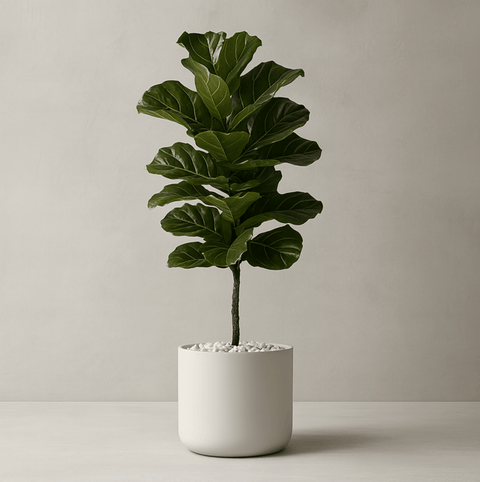
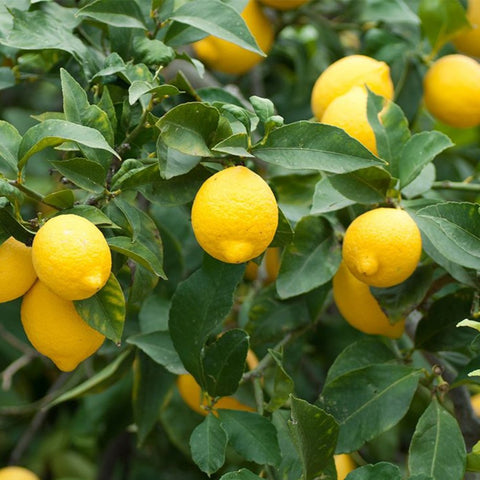
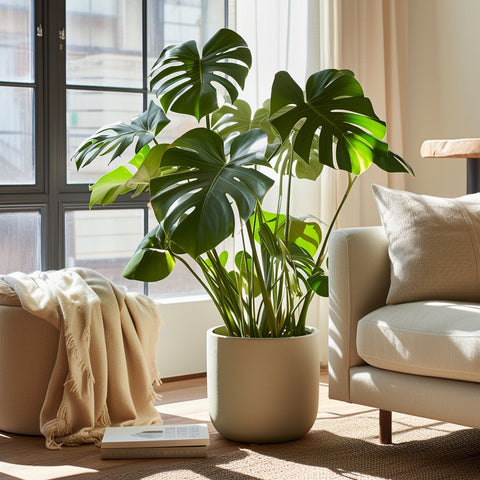
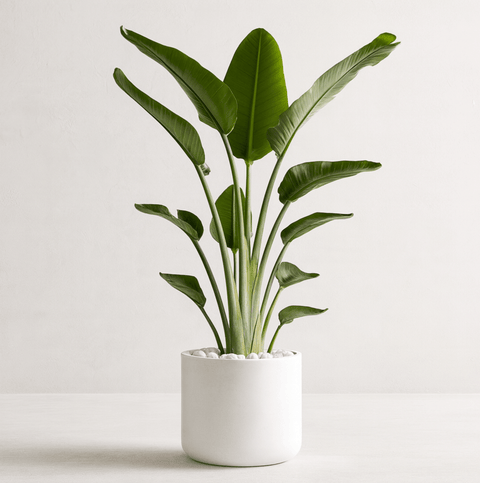

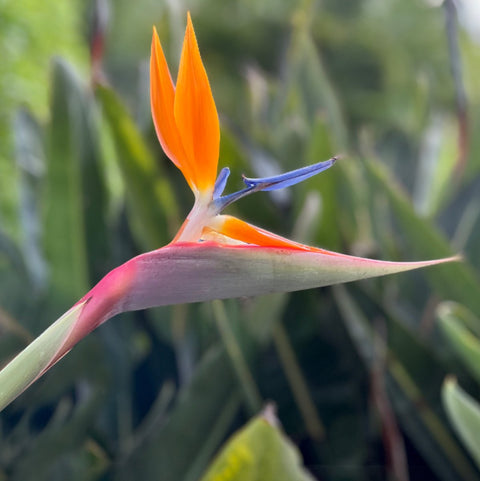
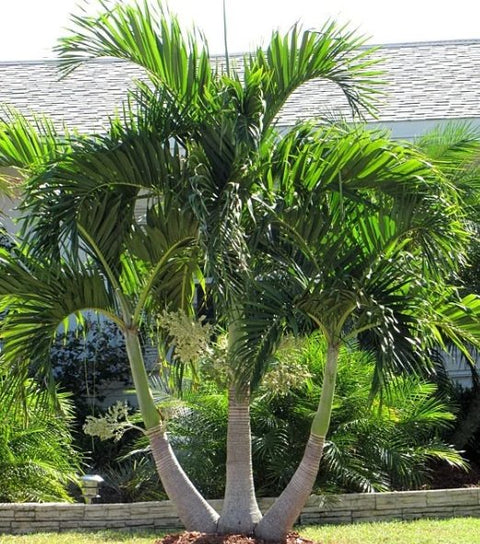
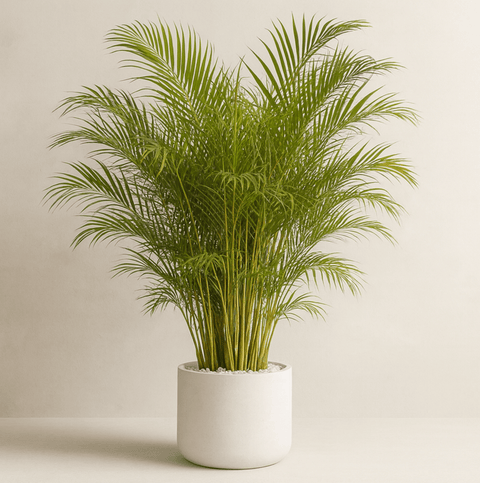


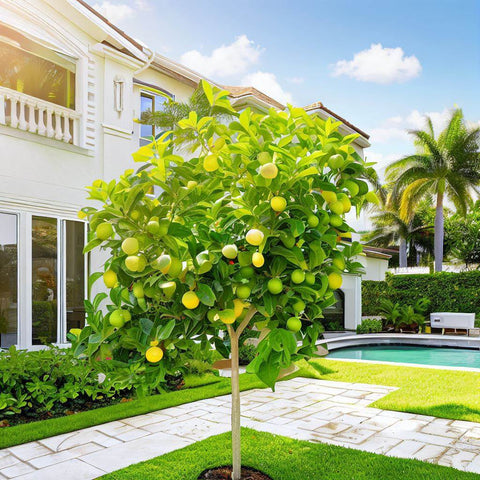
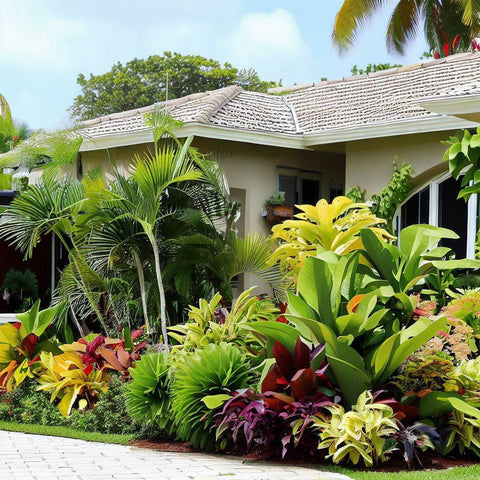

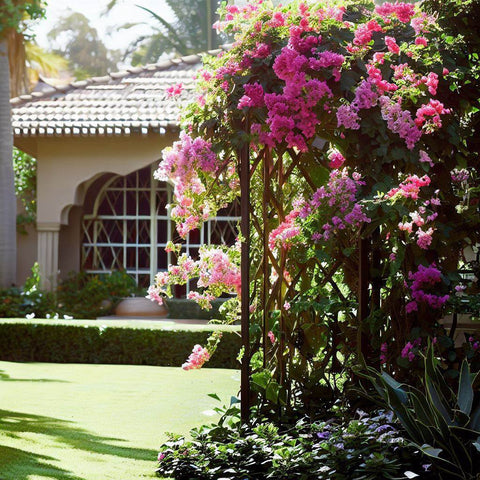
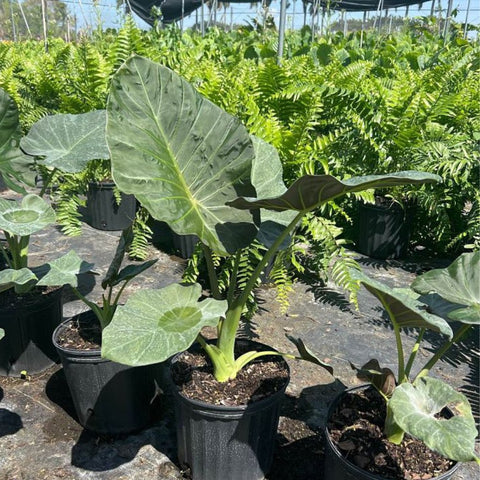
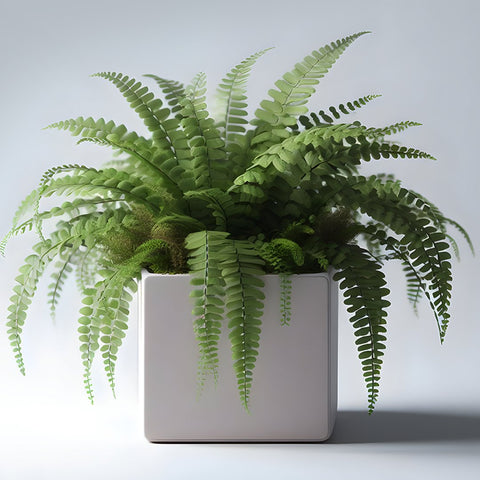
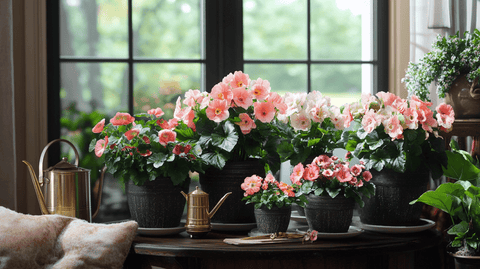
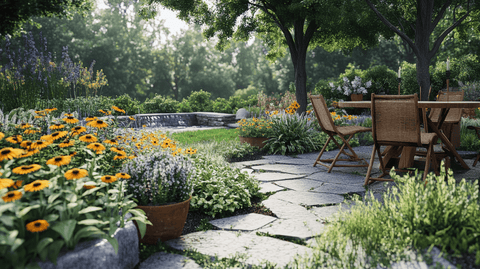

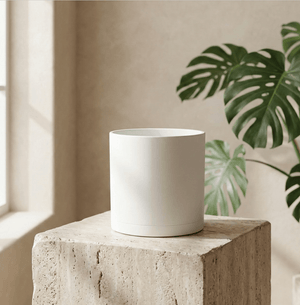
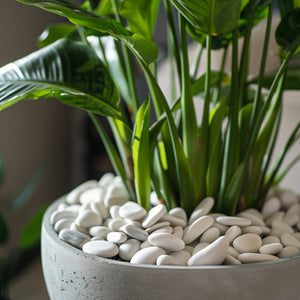

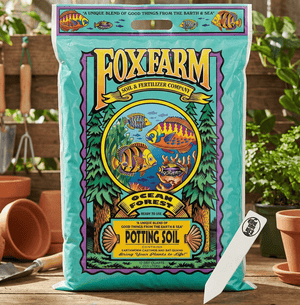
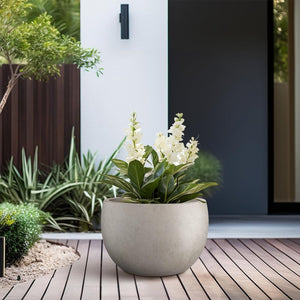



Comments (0)
There are no comments for this article. Be the first one to leave a message!